Why Feeding Sugar Water To Bees Could Actually Do More Harm Than Good
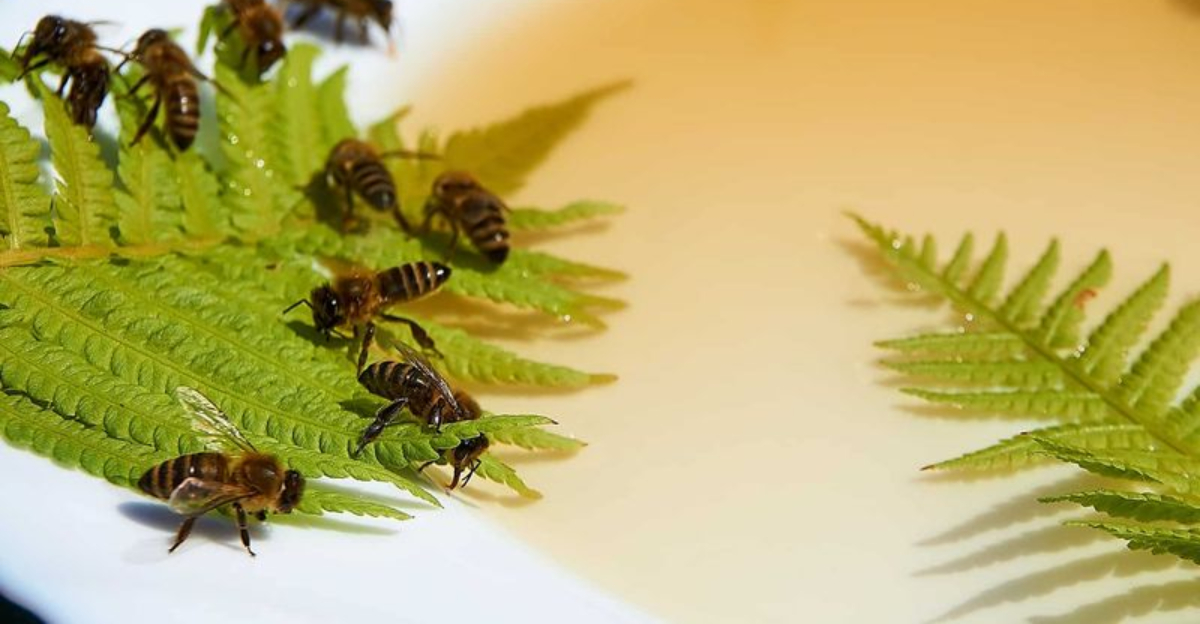
You’ve probably seen those viral posts about helping tired bees with sugar water. While the intention behind this advice comes from a good place, scientists and beekeepers have raised serious concerns about this practice.
Feeding wild bees might seem like a small act of kindness, but it can actually disrupt delicate ecosystems and even harm the very creatures we’re trying to save.
1. Sugar Water Lacks Essential Nutrients
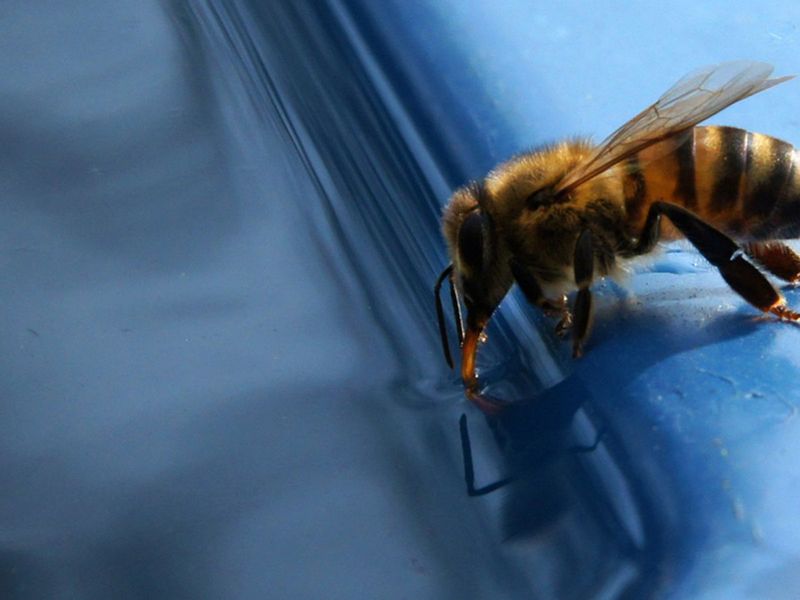
Imagine eating nothing but candy for days! That’s basically what happens when bees consume sugar water instead of natural nectar. Flower nectar contains complex proteins, amino acids, and micronutrients that sugar water simply doesn’t have.
Without these vital components, bees can develop nutritional deficiencies that weaken their immune systems. Over time, this sugar-only diet can lead to colony-wide health problems.
2. Disrupts Natural Foraging Behaviors
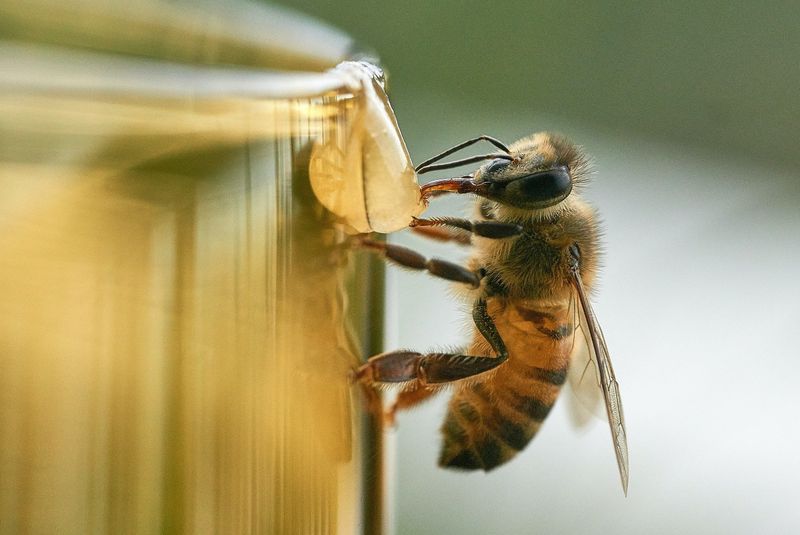
Free sugar water creates bee ‘fast food joints’ that interrupt normal pollination routes. When bees discover these easy energy sources, they stop visiting as many flowers, which means fewer plants get pollinated.
This behavior change ripples through the ecosystem. Plants produce fewer seeds and fruits, affecting both wild plant populations and agricultural crops that depend on bee pollination.
3. Promotes Bee Overcrowding
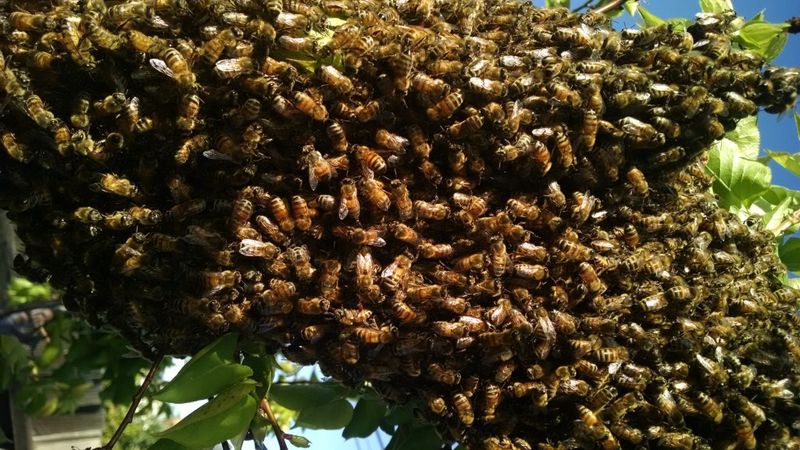
Sugar water stations create unnatural gathering spots where dozens of bees congregate. This crowding doesn’t happen at individual flowers and creates perfect conditions for disease transmission between colonies that wouldn’t normally interact.
Think of it like a packed restaurant during flu season! Nosema, deformed wing virus, and other bee pathogens spread rapidly when too many bees gather in one location.
4. May Spread Diseases Between Colonies
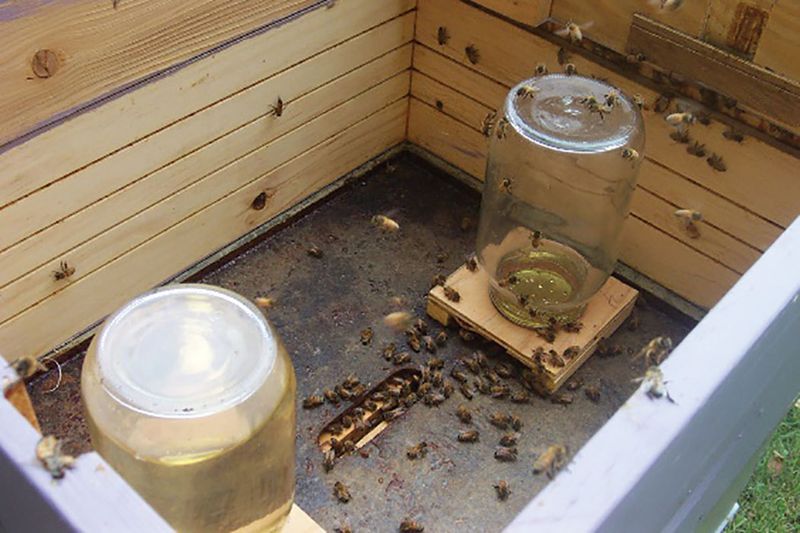
When bees from different hives share the same sugar water source, they can unknowingly exchange pathogens. One sick bee can contaminate the feeding station, exposing dozens of healthy bees to disease.
Unlike flowers, which typically serve one bee at a time and have antimicrobial properties, artificial feeders become transmission hotspots. This is especially dangerous for wild bee populations already struggling with habitat loss and pesticide exposure.
5. Creates Dependency In Wild Populations
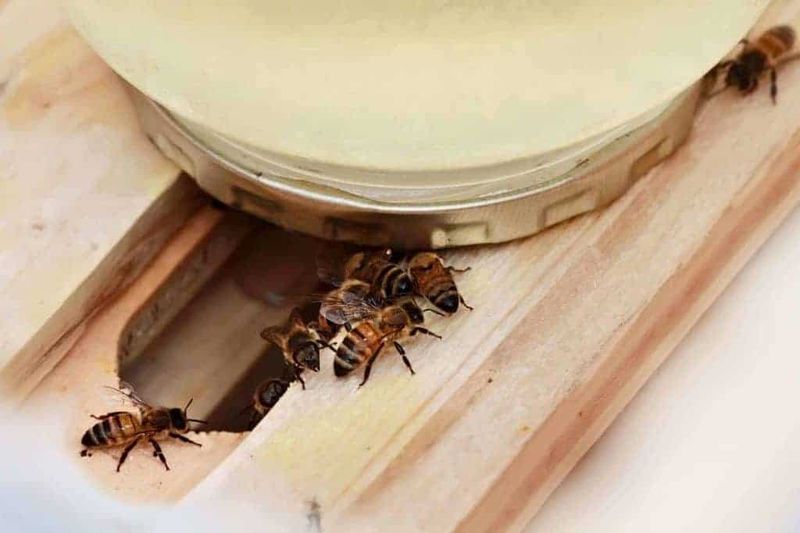
Regular sugar water feeding can make wild bees dependent on artificial food sources. Just like feeding wildlife in parks, this dependency weakens their natural survival skills and foraging abilities.
When the human-provided sugar water suddenly stops, these bees may struggle to return to natural foraging patterns. This dependency is particularly harmful for young bees who need to develop proper foraging behaviors.
6. Supports Invasive Honeybee Dominance
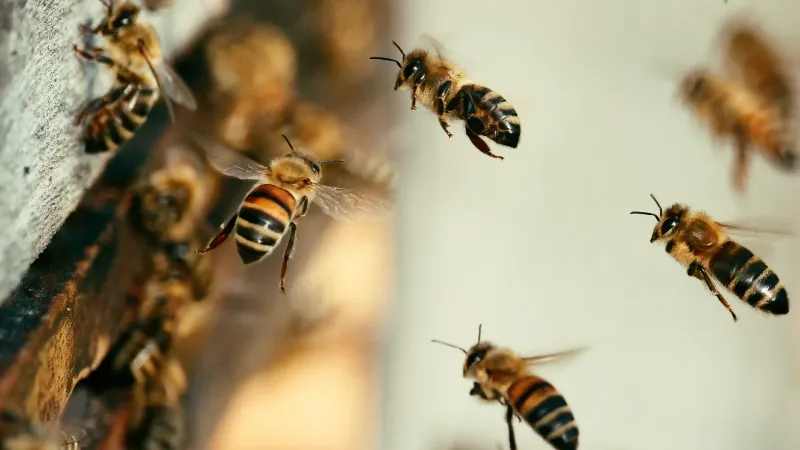
Honeybees, while beloved, are actually livestock and not native to many regions where they’re kept. Sugar water stations give these non-native honeybees an extra advantage over native bee species that are already struggling.
Stronger honeybee colonies can then outcompete native bees for natural flower resources. This imbalance threatens the biodiversity of local pollinator communities, which evolved together with native plants.
7. Can Ferment And Become Toxic
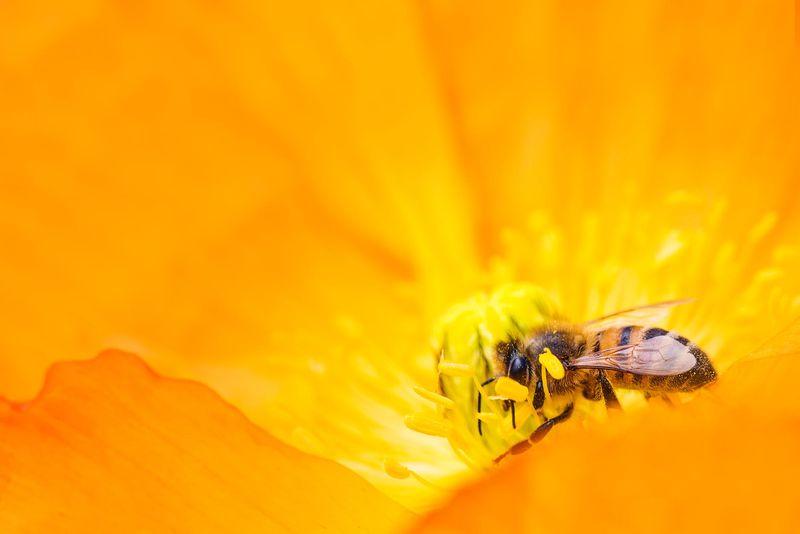
Sugar water left outside quickly becomes a microbial playground. Yeast and bacteria naturally present in the environment rapidly colonize these sweet solutions, causing fermentation within hours, especially in warm weather.
Fermented sugar water contains alcohol and other byproducts toxic to bees. A bee drinking this contaminated mixture can suffer neurological damage, disorientation, and even death if the fermentation is advanced enough.
8. Incorrect Mixing Ratios Harm Bee Digestion
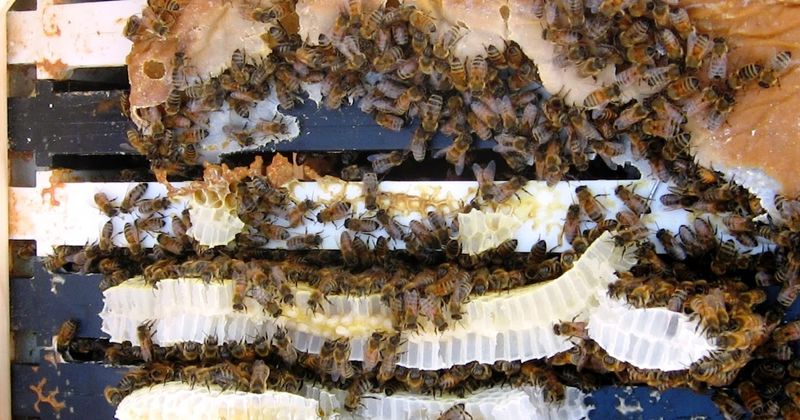
Many well-meaning people mix sugar water at the wrong concentration. Too concentrated, and bees struggle to digest it, causing intestinal blockages. Too diluted, and it doesn’t provide enough energy to be worth their effort.
Commercial beekeepers use precise ratios for emergency feeding. Without this knowledge, home remedies often create solutions that tax bee digestive systems, particularly during cold weather when bees can’t process the solution efficiently.
9. Encourages Bees To Forage In Bad Weather
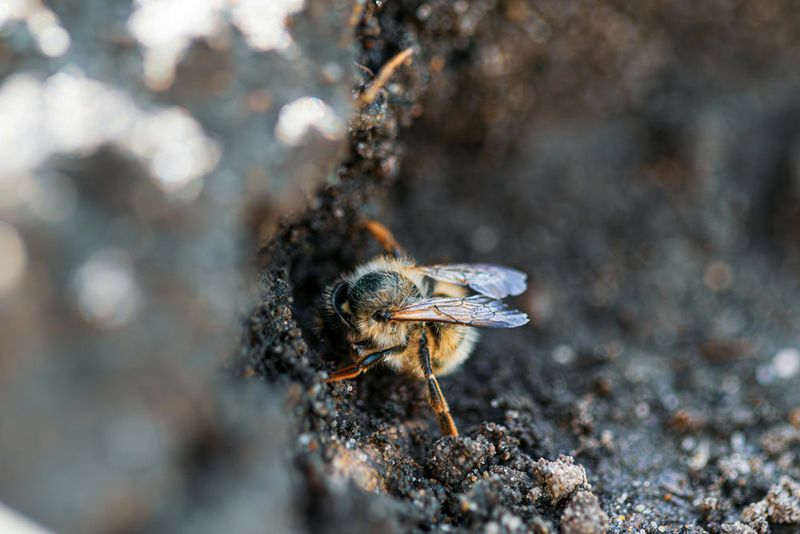
Sugar water feeders can trick bees into foraging during inappropriate weather conditions. Normally, bees stay in their hives during rain, strong winds, or cold temperatures to conserve energy and avoid danger.
A nearby sugar source might tempt them out during these risky times. Bees that venture out in poor conditions often become chilled, disoriented, or caught in sudden downpours, leading to unnecessary deaths.
10. Attracts Predators And Pests
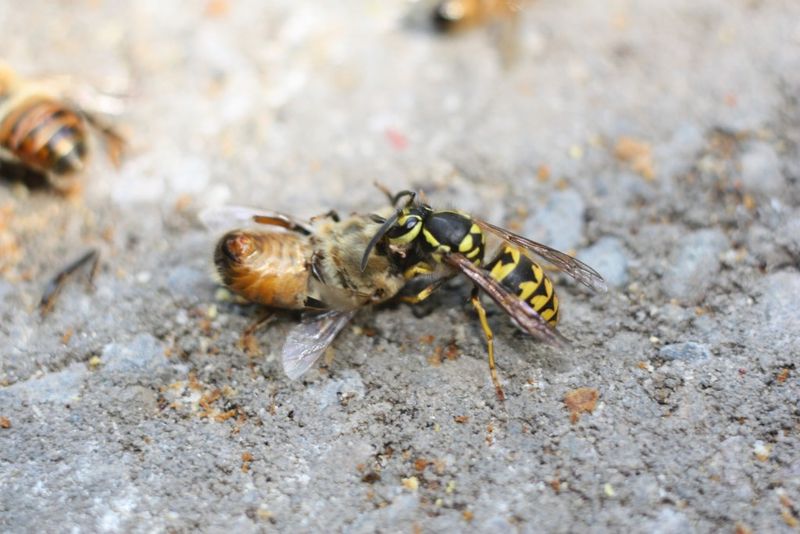
Sugar water doesn’t just attract bees—it’s a beacon for wasps, hornets, ants, and other insects that prey on or compete with bees. These sugar stations essentially create a buffet for bee predators, putting the very creatures you’re trying to help in danger.
Wasps particularly love sugar sources and can decimate bee populations at feeders. The sweet scent can also attract mammals like raccoons who disturb feeding stations.
11. Interferes With Natural Selection
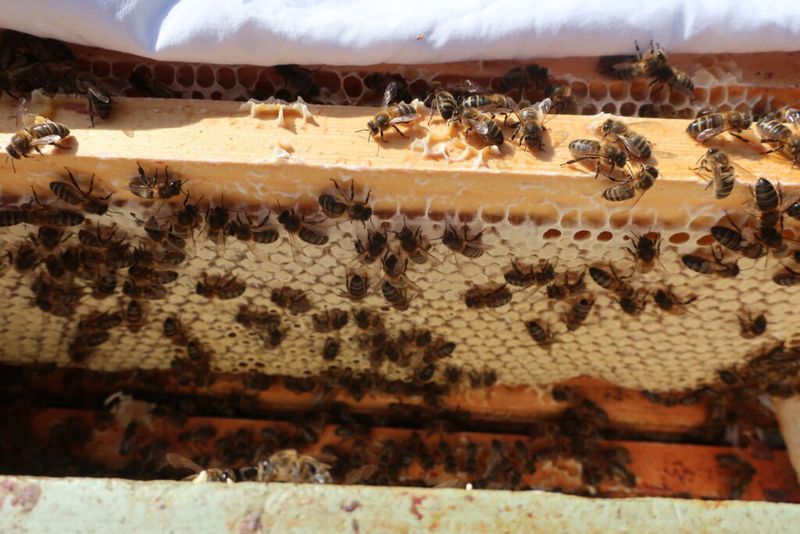
Evolution relies on natural selection—stronger bees survive to pass on their genes. By artificially supporting weak or sick bees with sugar water, we might inadvertently perpetuate less resilient genetic lines.
This interference can weaken the overall gene pool of wild bee populations. Natural challenges, while seemingly harsh, ultimately strengthen species by selecting for traits that enhance survival in local environments.
12. Better Alternatives Exist For Helping Bees

Instead of temporary sugar fixes, create lasting bee habitats! Plant native flowering species that bloom in succession throughout the growing season. These provide proper nutrition and natural foraging opportunities.
Adding bee houses, leaving bare soil patches for ground-nesting species, and eliminating pesticide use make a genuine difference. Even a small pollinator garden offers more sustainable support than any sugar water solution ever could.






